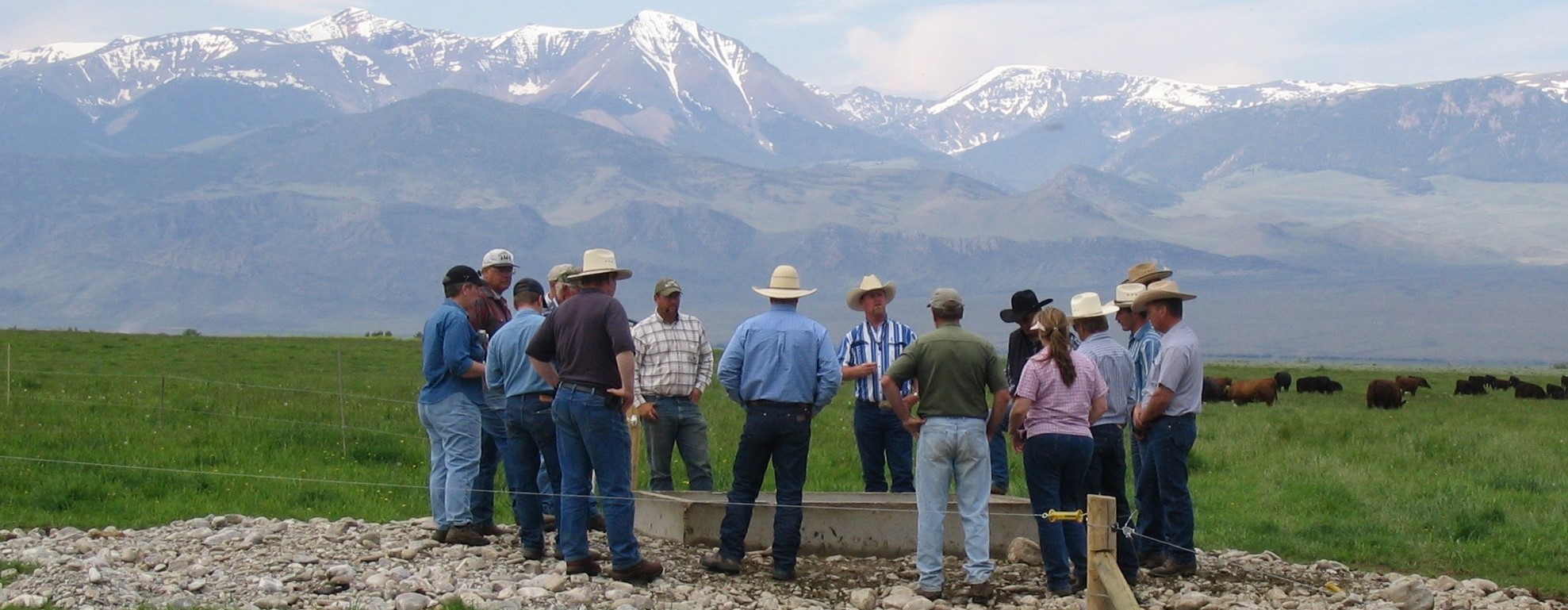Rotational grazing doesn’t work. It doesn’t work for at least two reasons. One reason it doesn’t work is that, rather than rotationally graze, most people rotationally overgraze. They get overstocking and overgrazing confused.
Overstocking happens when you have more animals than you have grass to support them. Overgrazing happens when you keep animals in a pasture too long or bring them back to it too soon. Either way, overgrazing happens when you don’t give plants enough time to recover after they’ve been grazed. It takes a minimum of 8 paddocks to stop overgrazing. Any rotation with fewer than 8 paddocks isn’t rotational grazing. It is rotational overgrazing!
But there’s another reason it doesn’t work.
Rotation implies rigidity, and that’s exactly the way most people move their animals in a grazing rotation. They move from one pasture to the next on a fixed schedule, essentially going around in circles. You rotate your tires (or should) in a certain pattern at a certain time. Troop rotations happen at a certain time in a certain way. That may be fine for mechanical systems, but rigid rotations don’t work in the biological world.
I wish I could give you a recipe for grazing: Come in when the grass is a foot tall. Stay two days. Move in the morning. Season with some minerals and rest for 2 months.
But there is no recipe for a healthy landscape and a productive, profitable ranch; just a collection of principles:
- Adjust the rest period as the growth rate changes to give plants adequate time to recover after grazing.
- Keep graze periods short to keep animal performance high.
- Use the highest stock density practical to improve uniformity of use and pasture quality.
- Use the largest herd possible, consistent with good husbandry. This increases stock density and makes more paddocks available per herd, which keeps the graze periods short. It also saves labor.
- Fluctuate the stocking rate (demand) to match the carrying capacity (supply). In other words, don’t overstock!
If there was a sixth principle, it would be to apply the other five flexibly. Recovery periods should be adjusted as the pasture growth rate changes. Graze periods should be shorter when animal needs are high (e.g. lactation). Carrying capacity changes annually and seasonally, so we need to be prepared to change stocking rate annually and seasonally too. Rigidity is a recipe for a wreck.
Most of the people who profitably manage livestock and pasture have 25 or more pastures per herd. They may use the word rotation to describe what they do, but what they do doesn’t look very much like a rotation. They go where the resource dictates and base their decisions on the needs of the grass, the animals and themselves. They don’t go around in circles.
Listen to an Ranching For Profit School Grad explain how he applies the grazing principles: Derek’s Story



